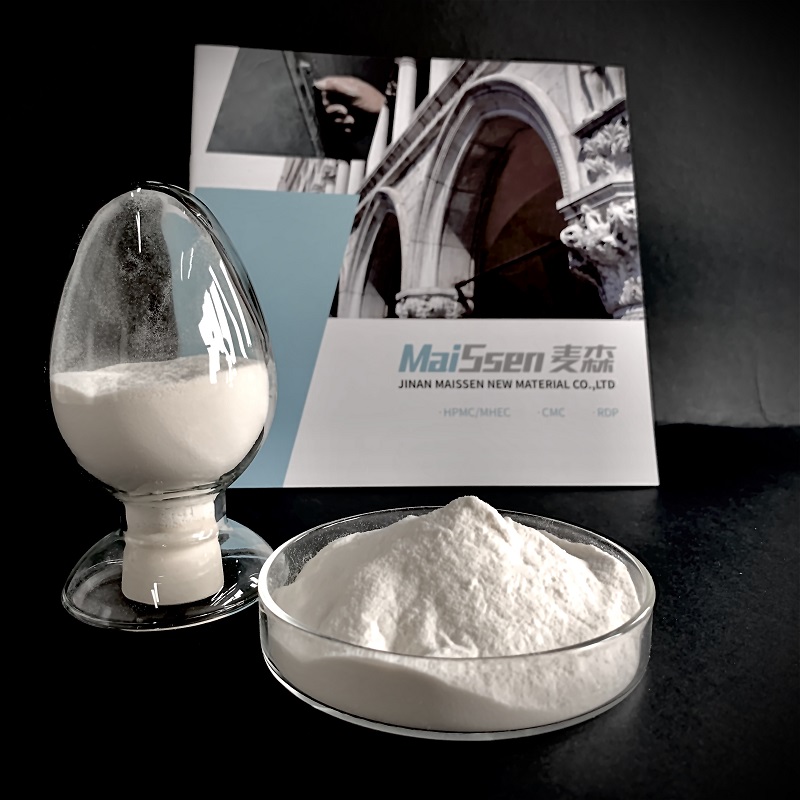Hydroxypropyl Methyl Cellulose (HPMC) is a cellulose ether and a multifunctional polymer used in various industries. In the building and construction industry, HPMC is a widely used material, especially in construction-grade formulations. HPMC acts as a thickener, binder, and water retention agent, among other functions, in construction applications. This article highlights the benefits of construction-grade HPMC and its importance in the building industry.
One of the key benefits of using construction-grade HPMC is its versatility. HPMC can be used in various construction applications such as cement-based mortars, gypsum plasters, tile adhesives, and self-leveling flooring compounds. It also functions as a stabilizer, emulsifier, and thickener in paints, coatings, and other construction chemicals. The versatility of HPMC makes it an essential ingredient in construction applications, leading to improved product quality and performance.

Another significant advantage of using HPMC in construction is its ability to improve workability and consistency. HPMC's water retention capability enhances the spreadability and workability of construction materials, allowing for easier application and better coverage. HPMC also ensures uniformity in the application of coatings and renders, improving the aesthetic appeal of the final product.
HPMC also provides excellent adhesion, which is critical in construction applications. HPMC enhances the bond strength between substrates, which ensures the durability and longevity of the construction product. HPMC also improves the wetting properties of the formulation, enabling better penetration and adhesion of the product.
Another benefit of using HPMC in construction is its resistance to various environmental factors. HPMC can withstand extreme temperature variations, which is crucial for products used in outdoor applications. It is also resistant to UV radiation, water, and chemicals, ensuring long-term stability of the product. HPMC also acts as a barrier against water penetration, protecting the substrates from moisture-related damages such as cracking, erosion, and delamination.
In addition to its functional benefits, HPMC is an eco-friendly material. HPMC is derived from natural cellulose sources, such as wood pulp and cotton. It is biodegradable, non-toxic, and does not emit harmful fumes, making it safe for the environment and humans. The use of HPMC in construction promotes sustainability, reduces waste, and enhances the carbon footprint of the construction project.
Finally, construction-grade HPMC is easy to use and mix with other construction materials. It can be easily integrated into the formulation, requiring minimal additional processing steps. The ease of use of HPMC ensures that it can be efficiently utilized in construction sites, leading to increased productivity and cost savings.
Construction-grade HPMC is a versatile and reliable material that offers various benefits to the building and construction industry. Its versatility, workability, adhesion, environmental resistance, and ease of use make it a crucial ingredient in the formulation of construction products. The use of HPMC promotes sustainability, reduces waste, and enhances the durability of construction products, leading to better outcomes for construction projects.
Copyright:@2020-2021
Comments Please sign in or sign up to post.
0
0 of 500 characters used